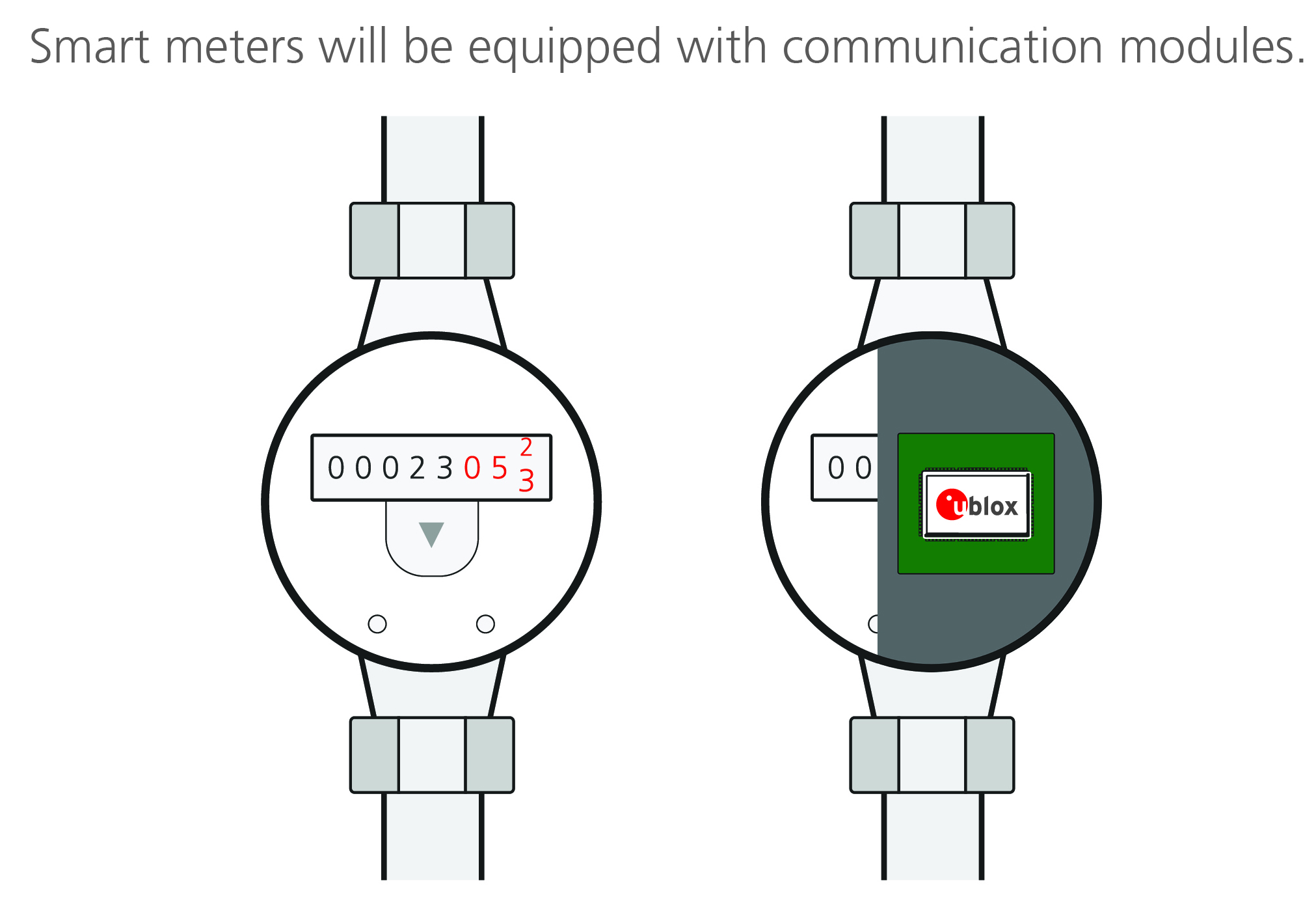Courtesy of www.iot-now.com
We are told that the connected city is going to be a smarter city, but what does “smarter” actually mean in this context, and how will cities be connected? We don’t yet have all the answers to these questions, but public authorities, businesses, academic institutions, NGOs and individuals have, over the last few years, evolved a common understanding of what smart cities are and how they will evolve in the future. It is not a one-size-fits-all scenario, though. Geographic, cultural, financial and technical considerations will dictate priorities for the application of technology to the smart city concept.
However, the unifying idea is that the smart city enhances the lives of its inhabitants. This may mean less traffic congestion and lower pollution, or the more effective supply of clean water. It can be a city where energy consumption and CO2 emissions are minimised, and one in which businesses are helped to thrive and public authorities can deliver better services for their citizens. The smart, connected city is one of the most exciting aspects of the Internet of Things (IoT) that Really Matter, says Diego Grassi, senior manager Market Development, at u-blox.
While definitions and applications are still evolving, it’s clear that the smart city concept embraces the supply of energy and water, transportation, infrastructures, the management of buildings and the work of municipal authorities.
In all these areas, the multifaceted IoT enables us to collect data from an almost infinite variety of sensors and other sources, process that data locally or in the cloud, and initiate actions based on information derived from the data. The sensors, some of which will be location-aware, will communicate wirelessly with others around them and with gateways that link them to the cloud.
Smart meters have already been installed in many municipalities around the world. These enable better management and monitoring of energy consumption, for both consumers and utility companies. Meter readings are instantly available to whoever needs them. Electricity, gas, oil and water consumption can be monitored locally or from anywhere in the world with an internet connection.
Consumers program their electrical appliances to use off-peak energy, saving money and helping load-balancing on electricity grids. Utility companies no longer need to send people in vans to read their customers’ meters. Instead, data is collected remotely, accurately, at low cost and in real time. Some of this data can be used to inform predictive maintenance programs, improving reliability of supply while lowering operating and maintenance costs. Other data enables smarter management of the electricity grid, again reducing waste and saving money.
Lighting accounts for nearly 20% of the world’s electricity consumption and by far the largest proportion of this is city lighting. However, smart city lighting, for example in streets and in car parks, can now be controlled automatically. Light is provided when it’s needed, but switched off to save energy when it’s not. Sensors detect both environmental conditions and traffic levels to determine the most appropriate illumination level for street lighting.
The automation of traffic control promises shorter, safer journeys and lower pollution levels. Emergency services will reach their destinations faster, saving lives, and businesses will operate more efficiently by reducing wasted travel time. Citizens will benefit too; travel should become less stressful and shorter commuter journeys may result in more leisure time. Smart parking services will mean driving directly to available spaces, rather than circling streets or car parks to find that illusive vacant space.
The volume of data being generated by smart cities is already immense and growing at an accelerating rate. Although there are legitimate concerns about security and privacy relating to individuals, much of the data will be generated and transmitted as machine-to-machine (M2M) communications.
Some will inform municipal authorities in ways that enable them to optimise their work, either by saving money or facilitating new and improved services. For example, chemical sensors will monitor air quality, cameras will improve security, inductive sensors in roads will provide instant traffic updates and waste collection services will become more effective and efficient thanks to innovations such as smart bins, whose location and status can be monitored remotely.
Other information derived from smart city networks can be made available to consumers on websites, via mobile apps and on displays. Real time information on public transportation services is already displayed at bus stops and railway stations in some cities and businesses may also make use of smart city data to create targeted advertising, perhaps delivered to smart screens at transport terminals, shopping malls, and sports and entertainment facilities.
The author of this blog is Diego Grassi, senior manager Market Development, at u-blox
